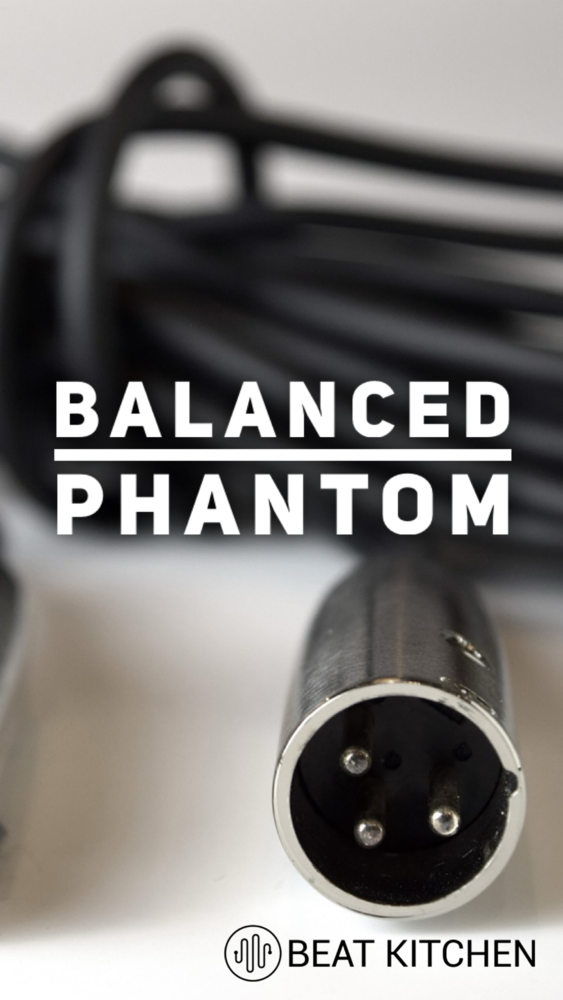There are a few reasons that pro audio connections often run over balanced cables like this or this. And it’s not because they sound better. So why a balanced signal?
Well, there are two primary advantages. The first is that you can run a balanced signal redonkulously far. Every cable is a giant antenna.
It’s susceptible to noise and interference. You have this nice well-behaved signal and it’s being attacked on all sides by radio signals. Your cell phone, buzzing light fixtures, solar flares, you name it.
We live in electromagnetic soup and it’s hard to keep that signal sterile. A balanced signal sidesteps this in a very clever way. It sends two copies of that signal 180 degrees out of phase and when combined the result should be nothing.
Anything that shows up is electrically flagged as contamination and can be eliminated. It doesn’t make the output of your device quieter. It just protects it for a longer journey in silence.
Now because we need three wires to achieve this, one for positive, one for negative, and one to complete those circuits, pro audio cables like XLR and TRS can also do double duty. And that is to provide power. Phantom power.
Some of your devices, like condenser microphones, need power. Phantom runs down the same cable as the audio and the idea is similar. We send positive 48 volts DC down pin 2 and negative 48 down pin 3.
Any device connected unwittingly to both gets the sum, nothing. But a device like a microphone can be designed to pull power when it’s needed and that’s what makes your condenser microphone work. If someone who belongs in a Pete Kitchen class,

